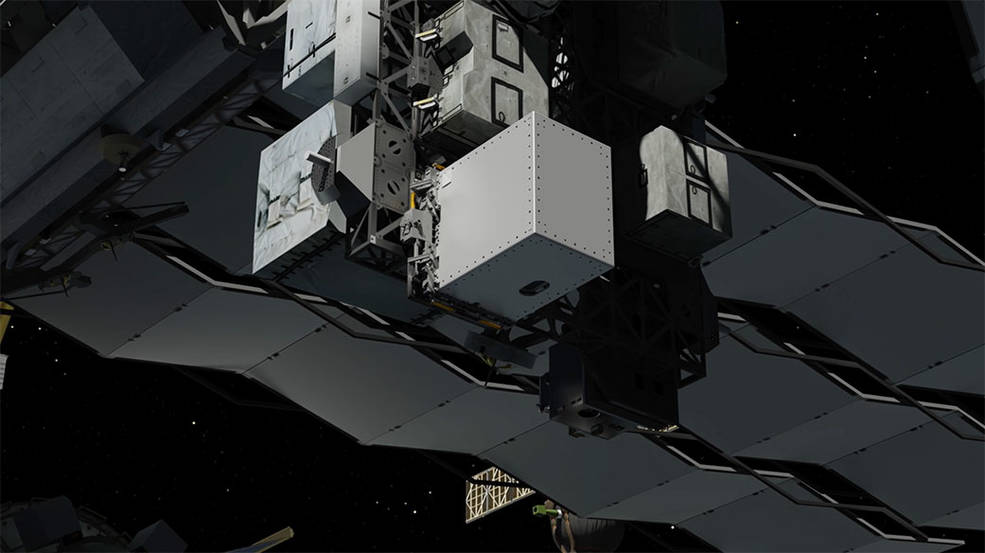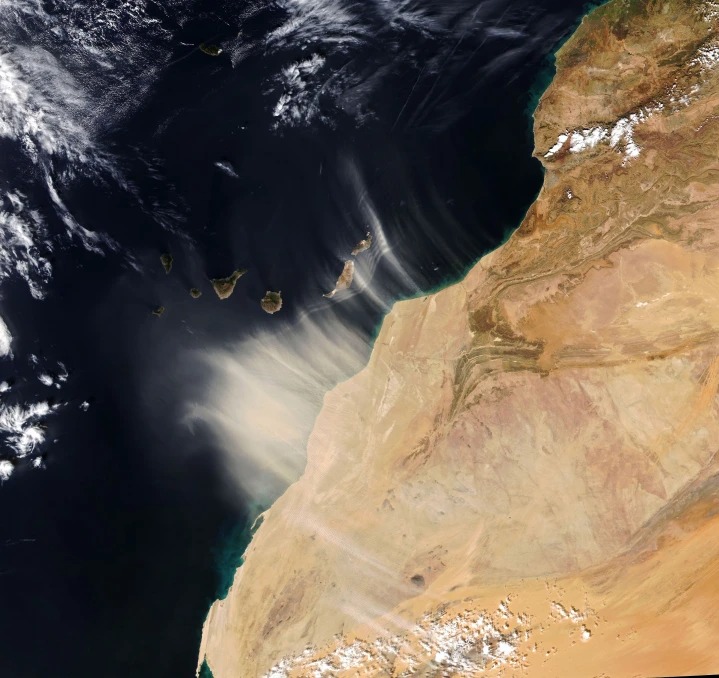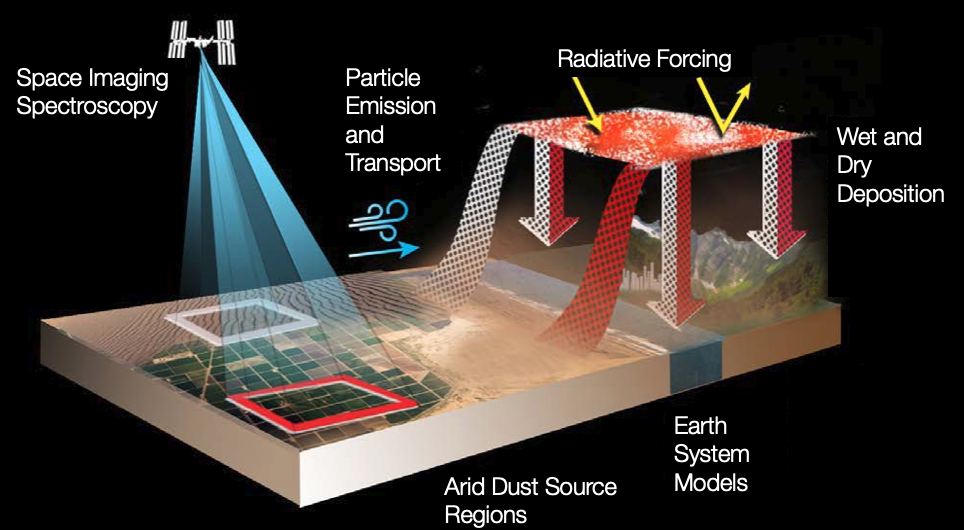Over the weekend, SpaceX Dragon delivered cargo to the International Space Station (ISS) with a new instrument – a spectrometer that will help to study the Earth’s climate in more detail. The Earth Surface Mineral Dust Source Investigation (EMIT) mission will map how different types of sand move in the planet’s atmosphere, and also determine how the scattering of grains of sand affects the heating and cooling of the planet.

Climatologists know that the color of dust affects the temperature on Earth. Iron-containing dark sand particles absorb warmth and heat the surrounding air, whereas clay-containing light particles, on the contrary, reflect heat. EMIT explores ten varieties of sand and will map where they arise and how they move in the atmosphere of the planet, as grains of sand can fly thousands of kilometers.

“People usually see the yellow color of sand – this is the average color of grains of sand on the planet. But, if you have ever been to a desert region, you know that the sand is heterogeneous and has different shades,” explains Natalie Mahowald, Deputy project manager of EMIT.
The EMIT device is a spectrometer. That is, it divides the light into wavelengths and records the results. By studying which wavelengths are missing because they have been absorbed by dust particles, researchers can understand what exactly they are made of, because their composition affects the surrounding temperature. The device will be able to scan strips of the Earth 80 km wide, taking an image from orbit at a speed of more than 25,000 km/h.

“Previously, scientists worked with separate spectrometers installed on different satellites. Now we will actually fly over the Earth’s surface with 1,280 spectrometers, each of which will collect hundreds of measurements per second,” explained Robert Green, chief researcher at EMIT.
Recall that earlier we reported how a catastrophic change in the Earth’s climate affected the height of the troposphere.
Follow us on Twitter to get the most interesting space news in time
https://twitter.com/ust_magazine
